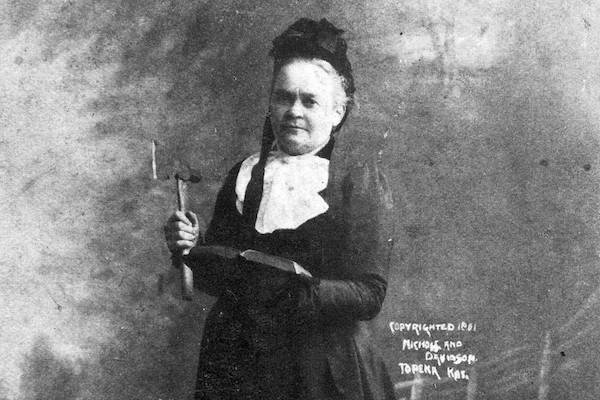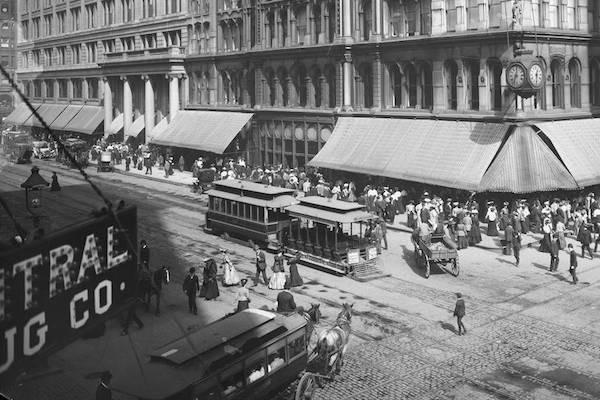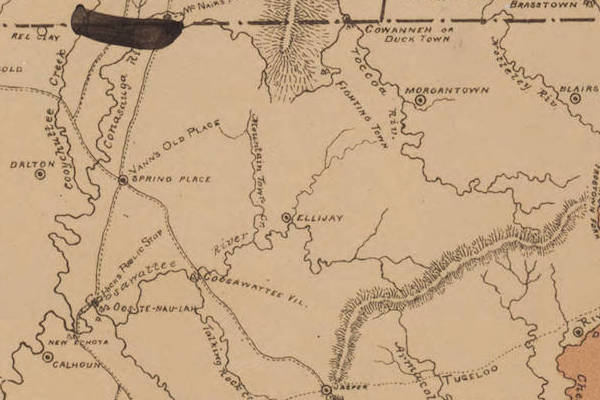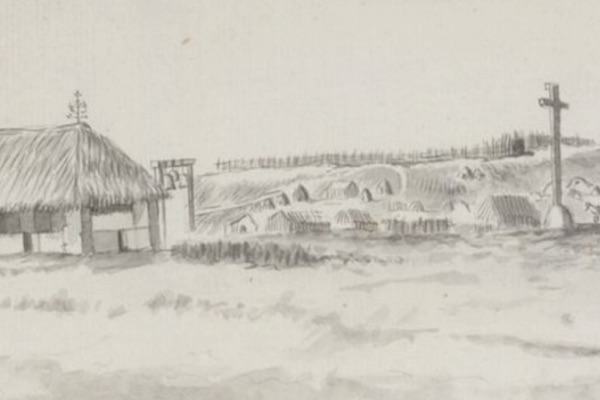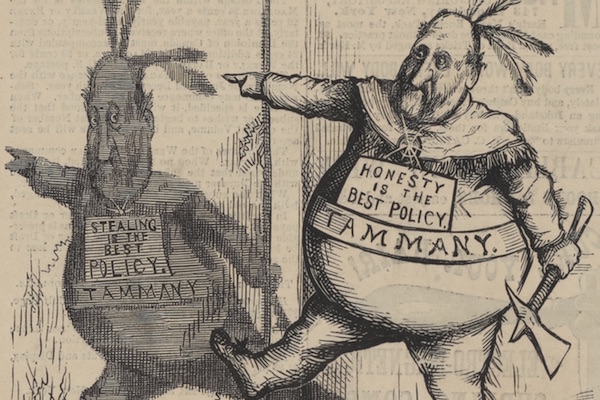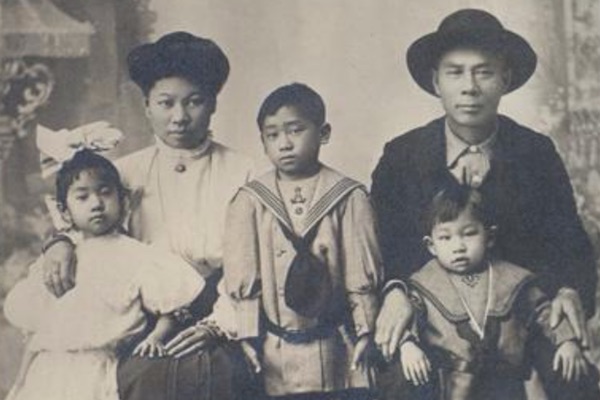By the end of the nineteenth century, the US government had permanently transformed Native American life across the United States through broken treaties, bison hunting to near-extinction, and reservation containment. Native Americans were also deleteriously affected by government agents, assimilationist educational and religious programs, and military conflict. At the end of the nineteenth century, tribes across reservations practiced the “Ghost Dance” ritual, which called a new Messiah to bring back ancestors, show new hunting grounds, and remove white settlers from their lands. As ghost dancing spread, it compounded tensions between Native Americans and US government officials. After the death of Sitting Bull, a Lakota holy man, at the hands of the US military, a band of Lakota fled the Standing Rock Agency and made for the Pine Ridge Agency to seek protection. En route, they were stopped near the Wounded Knee Creek on December 29, 1890, and forcibly disarmed by the Seventh Cavalry, who came with an arsenal of weapons and a thirst for action.
The disarming turned quickly to a massacre, as the US Army slaughtered ninety Lakota men and two hundred women and children. After three days of blizzard, the Army buried the frozen corpses of the Lakota slain in mass graves. Although there was conflict within the army about the actions of Colonel James W. Forsyth, who led the Seventh Cavalry and was responsible for the massacre, many soldiers at Wounded Knee were honored for their bravery. In 1973, Wounded Knee was again the site of conflict as residents on Pine Ridge and members of the American Indian Movement occupied the village to protest their treatment on the reservation by local officials and the Bureau of Indian Affairs as well as to shed light on the history of US government atrocities committed against Native American communities. This primary source set uses documents, photographs, government records, and news reporting to explore the 1890 massacre at Wounded Knee and its historical impact.















